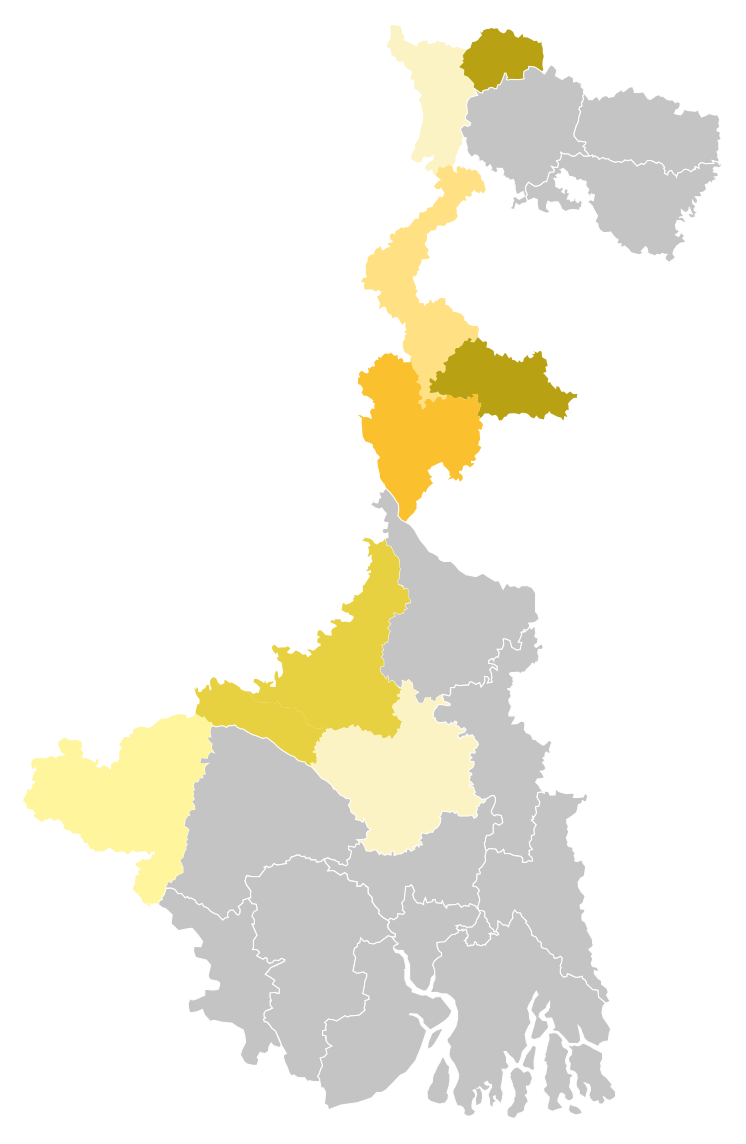Clay Craft
Handcrafted clay wonders of Bengal
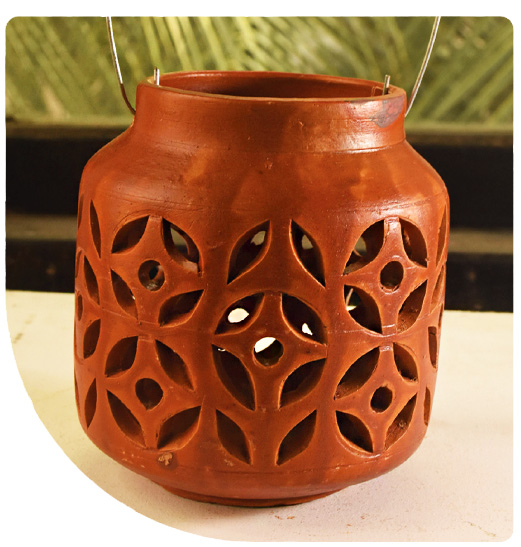
Clay Craft
Pottery, one of the world`s oldest handicrafts, holds immense archaeological significance in West Bengal. The state boasts a rich clay craft tradition, including terracotta pottery, clay idols, and masks. The unique look and feel of the clay craft depend on the type of local clay available in different regions of the state. Terracotta work, in particular, finds application in both artefacts and temple architecture, showcasing the versatility of this ancient craft.
In summary, West Bengal`s craft traditions are a testament to the region`s rich cultural heritage, sustained by the skill and creativity of its artisan communities. These crafts not only reflect the aesthetics of the state but also contribute to the preservation of its diverse cultural narratives.
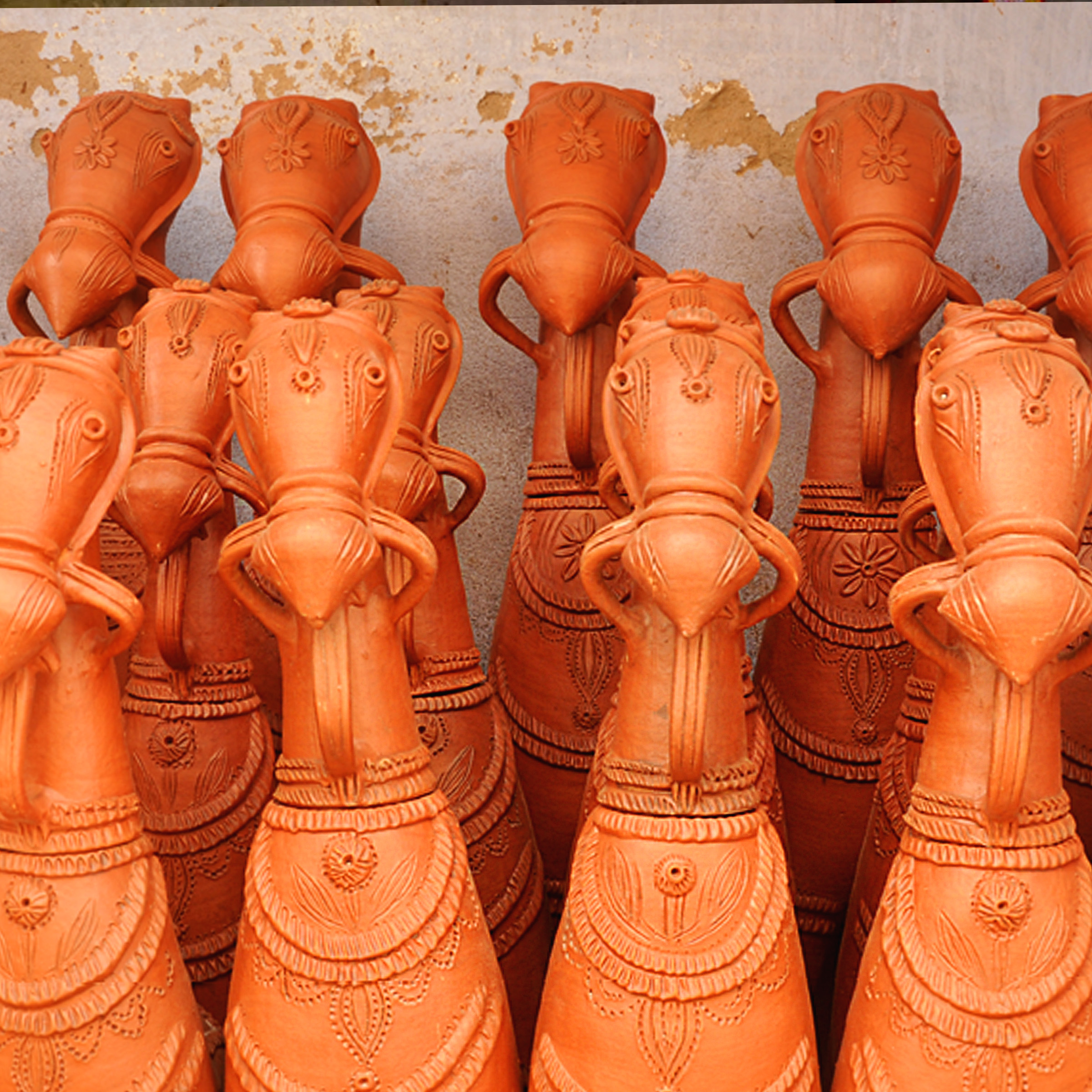
Terracotta
Terracotta craft in Bengal is a traditional form of pottery that has been practiced for centuries, reflecting the rich cultural heritage of the region. The word "terracotta" is derived from the Latin words "terra" (earth) and "cotta" (cooked), emphasizing the use of baked or fired clay in this art form. In Bengal, terracotta art is not merely a craft; it is an integral part of the cultural identity, telling stories of tradition, mythology, and daily life.
Process
Clay preparation
Molding
Drying
Firing
Painting
Terracotta Hubs
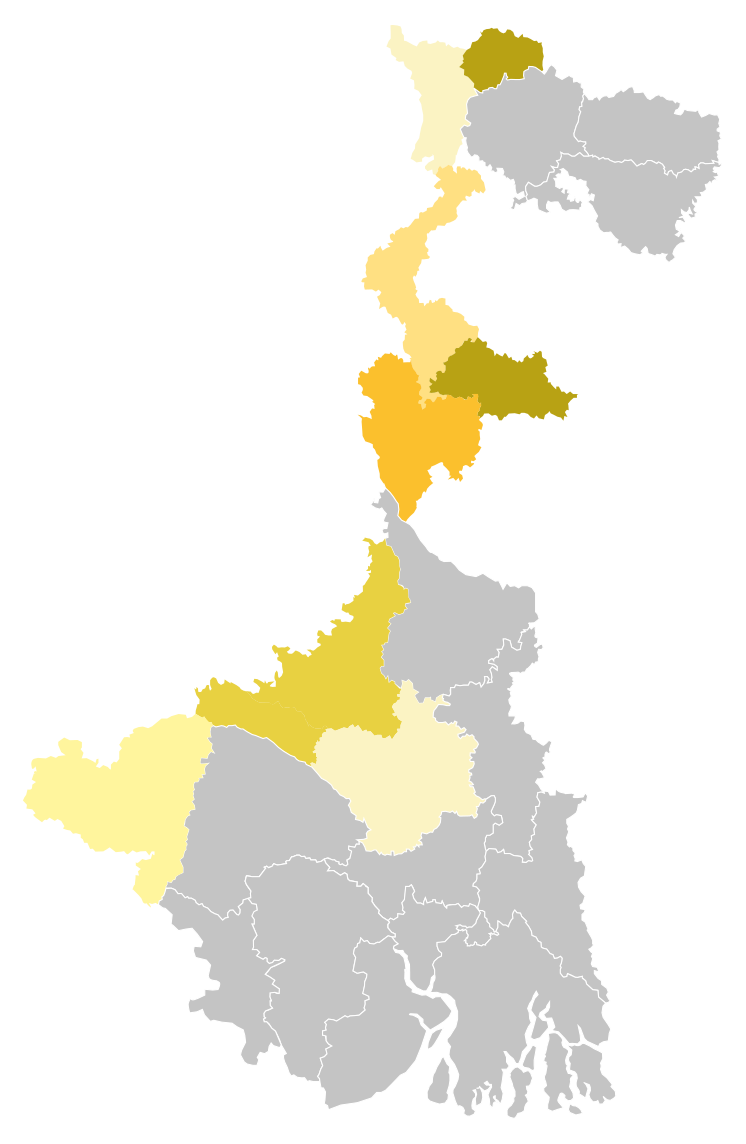
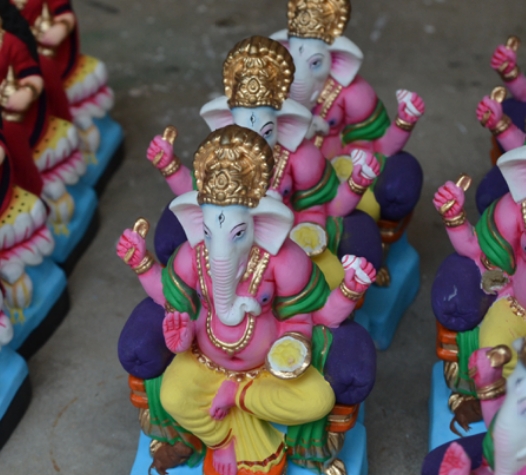
Clay Doll
The craft of clay doll making in Bengal is a traditional art form that has been passed down through generations, reflecting the rich cultural heritage of the region. Bengal, located in the eastern part of India, is known for its diverse arts and crafts, and clay doll making is a prominent feature of its cultural landscape.
Clay doll making holds cultural and religious significance in Bengal. These dolls are not just decorative items; they are often used in religious rituals and festivals.
Process
Kneading the clay
Molding into the desired shape
Detailing and Shaping
Drying and Polishing
Clay Doll Hubs
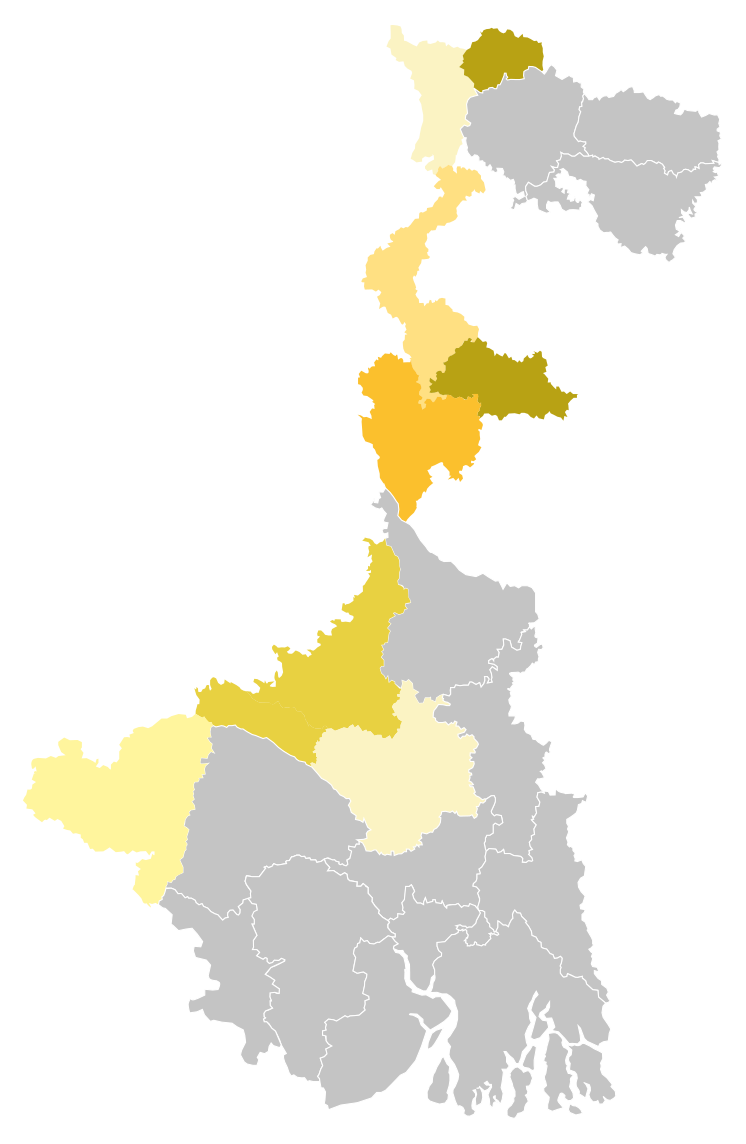
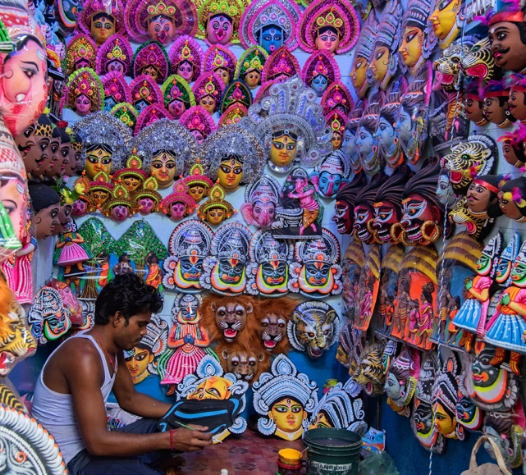
Chhau Mask
Chhau is a traditional dance form that originated in the eastern part of India, including the states of West Bengal, Jharkhand, and Odisha. It is known for its vibrant and energetic movements, often accompanied by intricate masks worn by the performers. The Chhau dance is typically performed during festivals, particularly the Chaitra Parva festival.
The Chhau masks play a crucial role in the dance, as they represent various characters from mythology and folklore.
Process
Chau masks are crafted from materials
Shaping a clay model
Applying Powdered ash
Clothes are affixed and the mask is polished.
The masks are then colored and adorned
Chhau Mask Hubs
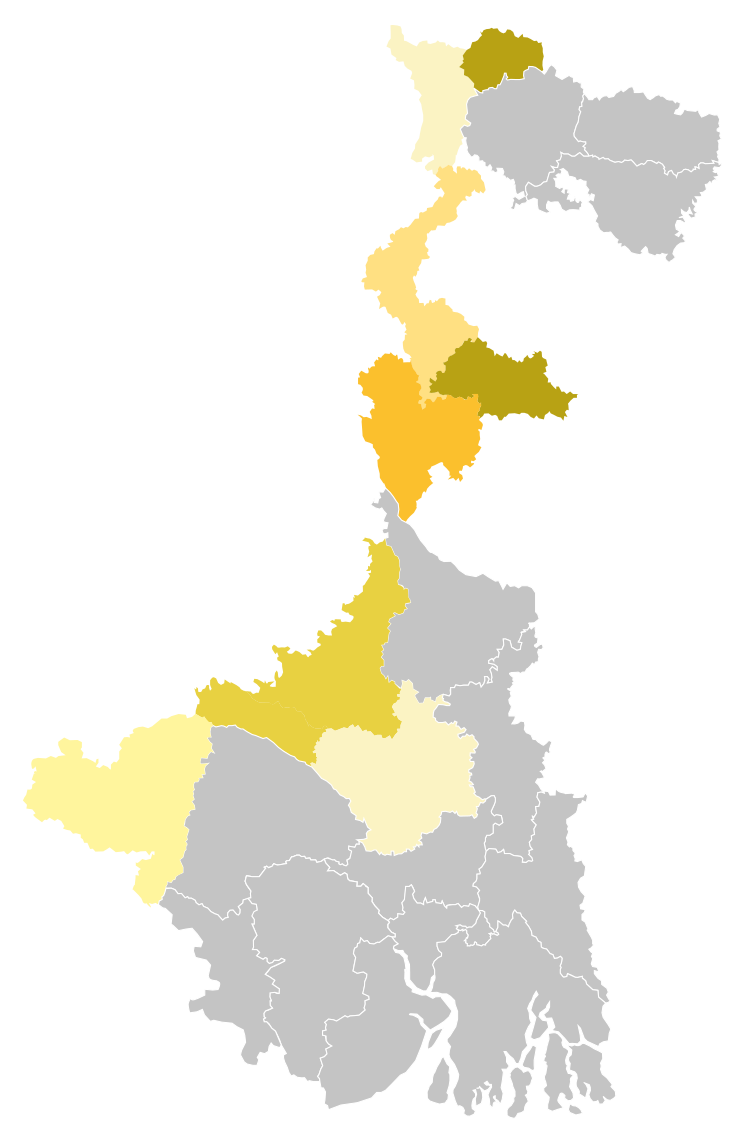
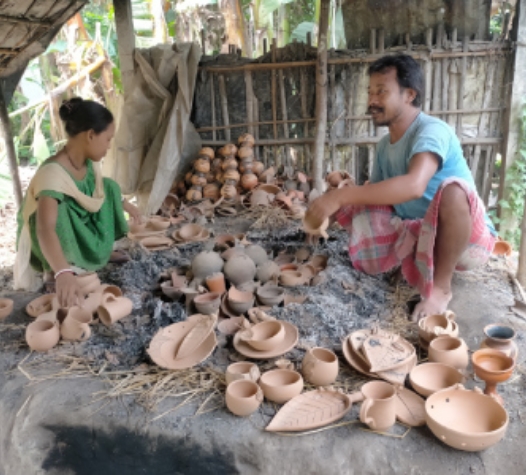
Pottery
Pottery is the art of making pots and other utility products by using clay. The craft is one of the most ancient forms of human inventions and is a living example of cultural expression with an ageless technology. There are several concentrations of artisans involved in pottery in Birbhum, Uttar Dinajpur and North 24-Parganas. In nearly every household, almost every member of the family is involved in the craft at different levels. It runs through generations and is part of cultural inheritance for the younger generations. Pottery as an art has been included since RCCH I (2016 onwards). A total of 325 artists from Uttar Dinajpur, 158 from North 24 Paraganas and 38 from Birbhum have been involved in the mentioned project purview.
Process
- As a first step, artists remove silt, sand and pebbles from the clay to make it suitable for the craft. This is done by breaking the lump of clay and making it into finer and powdered grains and also refining it by removing the sand particles either by hand or by using a sieve. After the clay is refined, the next step is to add other raw materials such as fine river sand and water.
Pottery Hubs
